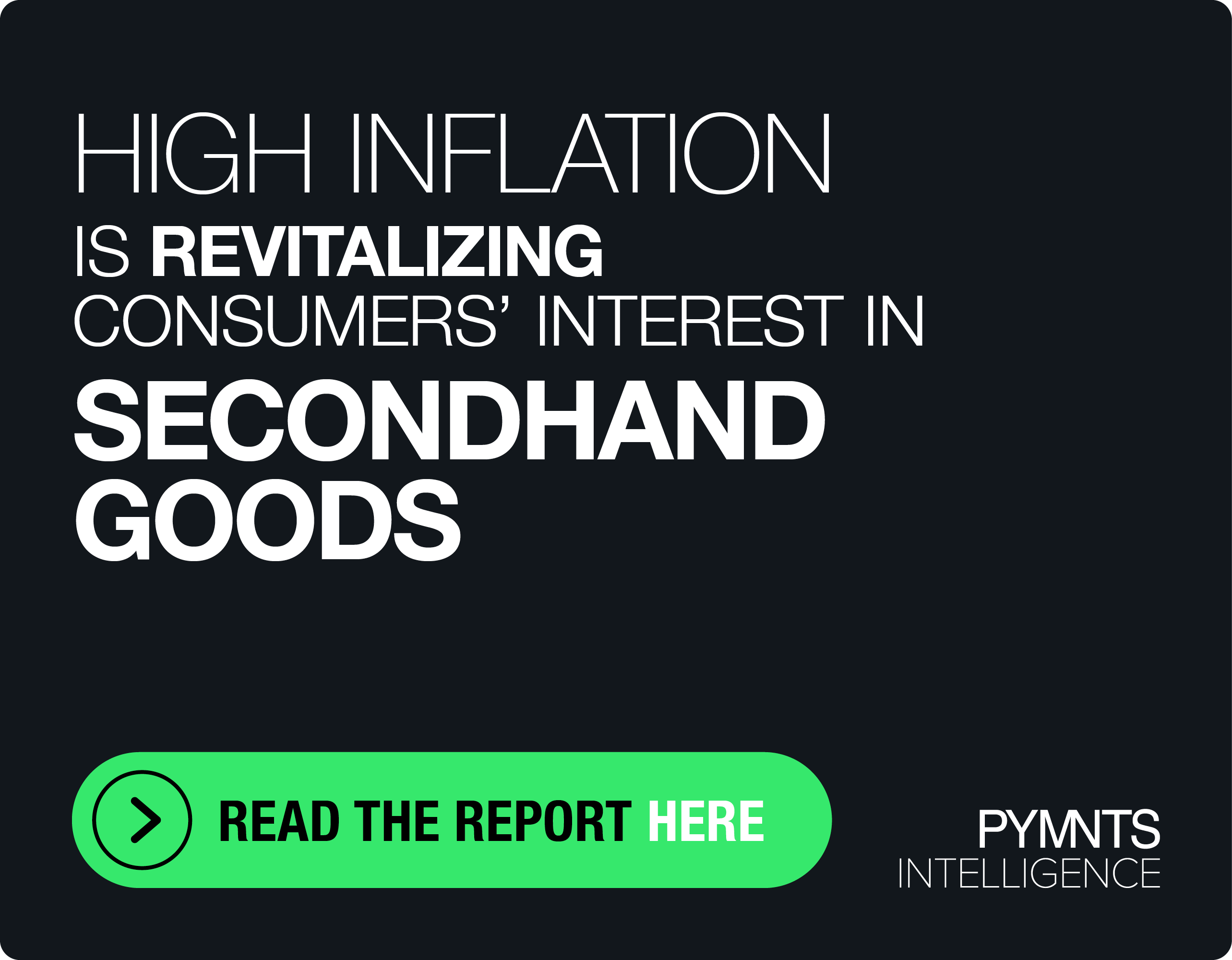How Serving Suppliers Boosts Buyers’ ePayments Satisfaction
The way a supplier wants to get paid isn’t always the way a supplier wants to pay. But with procurement evolving into a strategic function of the enterprise, the suppliers that accept preferred payment methods are those that will remain in good graces with their partners.
Invoice Central, the B2B billing and payments portal owned by Billtrust, has a unique strategy to address payment discrepancies. While its clients are suppliers, the solutions that Invoice Central lends to the accounts receivables side service buyers’ accounts payable needs.
The company just rolled out new upgrades to the Invoice Central platform, each aligned with this strategy. Senior Vice President and General Manager of Invoice Central Paul Harrison walked PYMNTS through the updates and how finding common ground between AR and AP departments steers B2B payments towards digitization.
“We are focused both on the seller side, who we make revenue from, and the buyer side, who we are providing a free service to,” Harrison explained, adding that while Invoice Central’s clients are on the AR side of transactions, the company spends time and resources researching the buy side of the deal.
“There is conflict between the accounts receivable and accounts payable side,” he said. “We understand and acknowledge that.”
With that understanding, Harrison noted that the solutions the firm provides must serve suppliers but with their buyers in mind.
Commercial Card Acceptance
One of the largest discrepancies between buyers’ and suppliers’ payment preferences is the commercial card.
Recent research by Receivable Savvy found that just 9 percent of suppliers prefer to get paid by commercial card, even though more than half of those surveyed accept this payment form, suggesting a preference to pay via commercial card among buyers.
The interchange fees associated with commercial card acceptance might be the biggest deterrent to card acceptance. Earlier this month, Invoice Central announced that it has now achieved Level 2 and Level 3 interchange qualification, which means that there is more information exchanged between payer and payee.
“That gives increased confidence that this is going to be a good, solid transaction and not turn into a bad debt,” Harrison explained.
And that, he added, means the card companies can charge less of an interchange fee to the merchant — or, in this case, the supplier.
“We see in our research that when we do that on the buyer side, there is a desire to use credit cards,” the executive said. “We know that the rewards associated with credit cards drive this desire, but a lot of our customers are in very low-margin businesses.”
Suppliers getting charged even just 2 percent on card transactions, he said, are taking massive hits on their bottom lines. “That was definitely one of our guiding forces in adding Level 3 processing,” Harrison said. “We can reduce the pain for those currently accepting cards, and we can lower that barrier for those not accepting them today to start accepting credit cards.”
Faster ACH Onboarding
Receivable Savvy’s research actually found a high preference among both buyers and suppliers for electronic payments, specifically for ACH payments. But unlike commercial cards, one of the tallest hurdles here is on the buyer side: Friction can occur in the onboarding process that allows a buyer to transfer funds from its account to a supplier’s.
With this in mind, Invoice Central has linked up with FinTech company Plaid to allow buyers to onboard into Invoice Central and verify their bank credentials much more quickly.
Traditionally, Harrison said, Invoice Central verifies a bank account by providing what’s called a micro-deposit, a small sum of money, and the recipient verifies the exact amount that was sent to prove ownership of that account.
Via Plaid’s technology, corporate buyers can go onto Invoice Central and enter their online banking credentials to verify their accounts.
“This is a much simpler way of validating the goodness of the bank account information that’s provided for us,” Harrison said. “That allows us to speed up the process and encourage more people to make electronic payments.”
With both sides in favor of ACH payments, the partnership with Plaid is a move that shows how servicing corporate buyers — who aren’t even Invoice Central’s clients — simultaneously benefits suppliers.
Meeting In The Middle
“What it really is,” Harrison said, “is that we’re in the business of providing accounts receivable solutions for our clients, but prior to doing that, we want to create a great experience for their customers.”
By meeting the payment needs and expectations for both buyer and supplier, it means facilitating more affordable, faster payments without too much disruption on either end, the executive added.
“We can provide our clients, the accounts receivable side, with the ability to significantly increase electronic adoption of eInvoicing and ePayments and give their customers a great experience,” Harrison explained. “And we do it in a way that will not disrupt the way people are currently paying their bills.”
